plums for coastal N. CA?
alan haigh
11 years ago
Related Stories

GARDENING GUIDESGreat Design Tree: Australian Tea Tree
A living sculpture with an unmistakable appearance, this coastal native creates an intriguing landscape scene
Full Story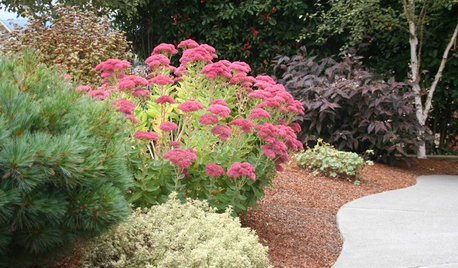
GARDENING GUIDESPacific Northwest Gardener's August Checklist
Deadheading perennials, cutting raspberry canes and preparing for the onion harvest keeps Northwest gardeners busy in August
Full Story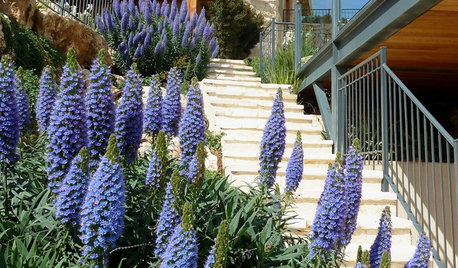
GARDENING GUIDESGreat Design Plant: Pride of Madeira
Try this drought-tolerant stunner for its massive flower spikes that burst with purple, drawing butterflies and birds to the garden
Full Story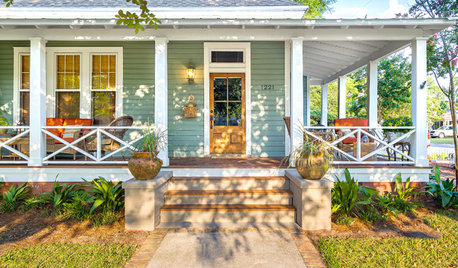
PORCH OF THE WEEKA Wraparound Goes From Unwelcoming to Irresistible
Renovating the porch adds neighborliness and charm to this 1908 Florida home
Full Story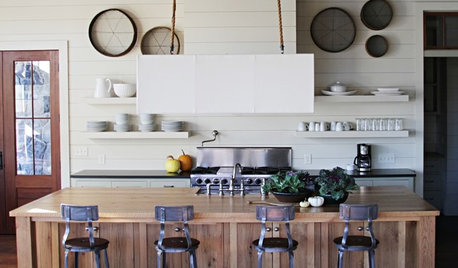
DECORATING GUIDESSo Your Style Is: Industrial
With its raw, utilitarian appeal, industrial style gives modern homes a sophisticated edge
Full Story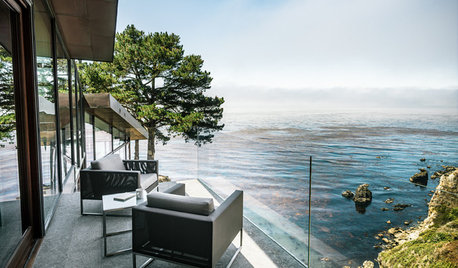
DREAM SPACESHouzz Tour: Hugging the Rocky Cliffs in Big Sur
Cascading down a rugged site and generously encased in glass, this California home takes full advantage of its ocean views
Full Story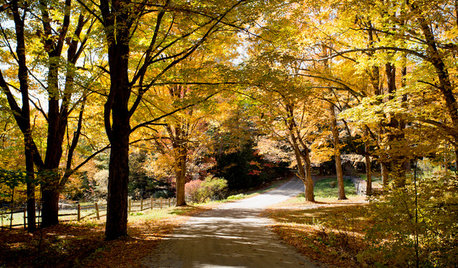
FALL GARDENINGHouzz Call: Show Us Your Autumn Views
Share your pictures of fall foliage and decor in the Comments. Your photos may be featured in an upcoming story!
Full Story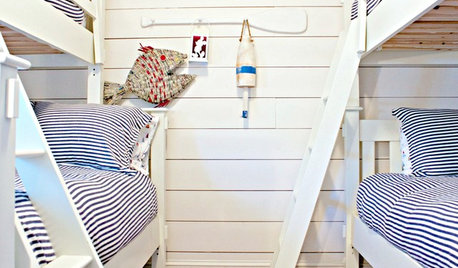
DECORATING GUIDES15 Ways to Get Your Home in a Summer Mood
Bask in the easygoing spirit of summer with breezy touches indoors and out
Full Story
CONTAINER GARDENS7 Deer-Resistant Flowers for Your Summer Containers
Grow these as protection for edibles or just for their colorful beauty — deer might not like them, but everyone else will
Full Story
DECORATING GUIDESNo Neutral Ground? Why the Color Camps Are So Opinionated
Can't we all just get along when it comes to color versus neutrals?
Full Story







fruitnut Z7 4500ft SW TX
alan haighOriginal Author
Related Professionals
Wrentham Landscape Architects & Landscape Designers · Fort Lee Landscape Architects & Landscape Designers · Rancho Palos Verdes Landscape Architects & Landscape Designers · Southfield Landscape Architects & Landscape Designers · Elgin Landscape Contractors · Westwood Landscape Contractors · Matthews Landscape Contractors · Bedford Heights Landscape Contractors · Fort Payne Landscape Contractors · Mashpee Landscape Contractors · Smyrna Landscape Contractors · St. Louis Landscape Contractors · Thornton Landscape Contractors · Wallingford Landscape Contractors · Wells Landscape Contractorsfruitnut Z7 4500ft SW TX
glib
steve_in_los_osos
alan haighOriginal Author
calistoga_al ca 15 usda 9
alan haighOriginal Author
steve_in_los_osos
alan haighOriginal Author
steve_in_los_osos
alan haighOriginal Author